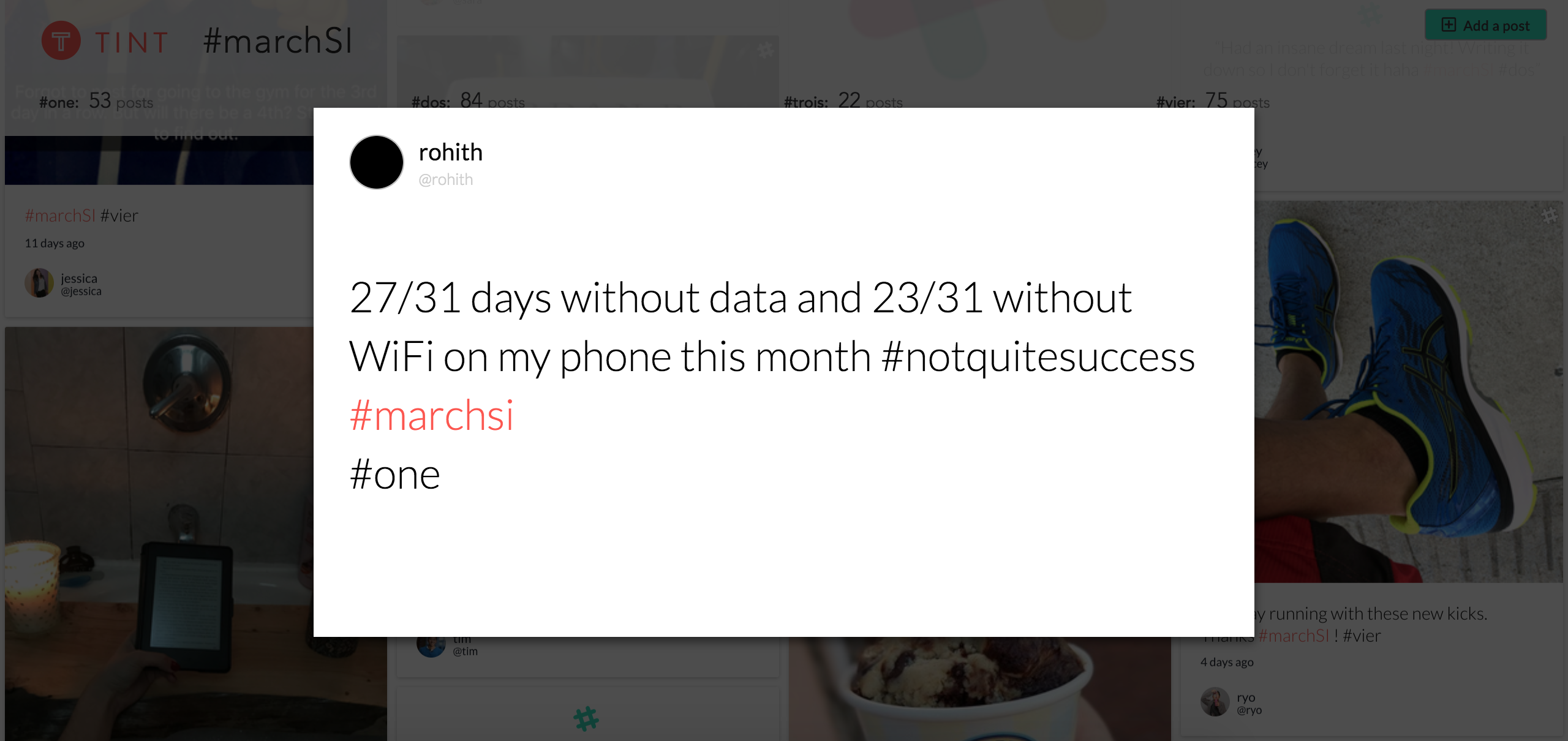- The problem: Employees who stay with your company deserve to be rewarded with more salary and equity. How do you design a system that is fair, easy to understand, and easy to implement?
- Our process: We asked friends in the industry to explain how promotion process works in their company and researched online to understand the status-quo for the tech industry. Based on our findings, we identified parts of other companies’ processes that we liked. Finally, we assembled a policy that felt the most in-line with the company culture.
Our first step was to ask our friends. Here’s what they had to say (I highlight the parts interesting to me):
It all depends on performance, very heavily weighted. The most obvious thing they do is to have a set of responsibilities for each level and see quantitative proof that the person meets the expectations of the next level. They do this by discussing among the next to next level guys.
The most realistic estimate is 1-1.5 years at lower levels. Hike is subjective, again, by performance. They have a committee that decides the hike. it’s a combination of max pay per level, how good this person is, and how much he gets. As a common trend, they give more bonuses and fewer hikes. Because bonus is a one-time thing and hike is a commitment.
I don’t know the qualitative number for hike, but bonus is around 10-12% for normal performance
Compensation is reevaluated every year according to market standards. Promotions are totally merit-based, performance-based, so it depends on the level you are operating on, consistently, for at least 6 months. We want people to be consistently performing at the next level for at least 6 months before promotion. Every 6 months, we have a review cycle. Managers get peer feedback on what the engineer accomplished, and managers from different orgs will review the anonymized engineer, and compare engineers at the same rank to calibrate for impact across orgs.
The employee who thinks he/she is eligible for promotion applies to their manager. Along with this application he/she gets recommendation from other engineers they worked with during the last 6 months. These peer employees write a single paragraph describing what they worked on how that employee did a good job.
Once the application is in, the manger sits with the promotion committee and determines the case. A promotion committee is usually 2-3 top senior engineers who evaluate the work and give their opinion. Ultimately its the manager’s decision to promote that employee.
SALESFORCE
At Salesforce, my title transitions were:
AMTS -> MTS: 13 months, 10% increase MTS -> SMTS: 15 months, 8.77% increase
Here’s what I think is standard: AMTS -> MTS: 11-18 months MTS -> SMTS: 24 months SMTS -> LMTS: 24-36 months LMTS -> PMTS: 36+ months.
MORE RESEARCH
Based on the above accounts and other research we did, we picked out the patterns that stood out to us:
- [Performance Reviews] – Everybody does them. People hate them. It seems that they are imperfect in many ways, but are often the best that can be done in tackling the impossible challenge of gauging how an employee has performed. Performance reviews are inherently challenging because:
- Performance is subjective: People can easily have a different idea of how an individual is performing based on how much they like that person, their visibility of that role, and other non-objective factors. This is especially the case in startups where employees where multiple hats and are continuously redefining their role.
- Criteria is subjective: It is difficult to set an expectation on what behavior results in a promotion when . Especially in a startup that does not have other employees to serve as data points in a compensation function.
- Power Dynamics: It leads to a power dynamic where those conducting the performance review have power over the one being evaluated. Which is especially challenging for a startup which values collaboration over competition.
- Stack Ranking – Also known as a vitality curve, this is the management technique of grading employees based on their individual productivity. Many large organizations such as Yahoo, Amazon, and Microsoft have implemented stack ranking with mixed results.
- Peter Principle and The Law of Crappy People – The Law of Crappy People (TLCP) states: “For any title level in a large organization, the talent on that level will eventually converge to the crappiest person with the title.” Ben Horowitz has a good segment on mitigating TLCP that boils down to being very disciplined about defining skills at each level.
GUIDELINES
After absorbing the above research, we finally came up with a rough guideline to handle promotions:
Promotions are done every quarter and generally the expectation for promotions are as follows, broken down by the frequency of promotions depending on performance. These frequencies are relative to start date or date of last promotion. Keep in mind that these are guidelines, not hard rules, and does not mean that circumstances outside of the guidelines will not be considered:
3 months – a promotion can be given in 3 months after an employee’s start date or after any promotion if evaluations show that the company would be in a more fair state if the employee was set at a higher multiplier. Promotions do not necessarily mean that your next promotion is delayed by 3 months.
6 months – an exceptional promotion given very rarely, to employees whose performance greatly exceeds expectations
9 months – a great promotion, given infrequently to employees whose performance exceeds expectations
12 months – a good promotion given regularly to employees whose performance meets expectations
DETAILS
Role Differences: The compensation vs. time (assuming constant performance) curves for sales and engineering are different when considering market rate and as such the guidelines may be applied differently depending on the role. See graphic below from https://www.wealthfront.com/tools/startup-salary-equity-compensation
Seniority: The seniority of positions affects how frequently promotions are given. It is common for promotion frequency to decrease as the position becomes higher, and this will affect how the guidelines will be applied.
Expectations Work smarter, not harder (aka work more efficiently, not more hours). There is no expectation for work outside of regular office hours, and you will not be held back for promotion because you didn’t work outside office hours.
ISSUES WITH OUR SYSTEM
Our system isn’t perfect. After having implemented it and running it for the past two quarters, we have identified challenges that we will want to solve as we grow:
- No crisp definitions of skill levels at different skill multipliers. This has left us vulnerable to The Law of Crappy People. As the roles in our organization become more specialized, this issue will become easier to resolve.
- No crisp definitions of responsibilities at different skill multipliers. This has caused employees to feel that there is no clear long-term path for career advancement in the company.
- High overhead process: Currently the way we decide who gets promoted involves a lengthy representative nomination process with multiple handoffs and a committee meeting that needs to be scheduled around everyone’s busy schedules. This happens every quarter, and takes up a lot of time to organize.
- Responsibility bottleneck: Right now the cofounders are the ones ultimately making the decision on promotions. This is a problem because as the team is growing, the cofounders are becoming more and more distant from the day-to-day tasks of everyone and less qualified to make judgements on compensation. In addition, our time just does not scale.
MY ASK
If you have any questions or feedback for us on what you’ve read or our promotion guidelines, feel free to tweet me @ryochiba and @tint . Would love to hear your ideas and share what we have learned!
Resources:




